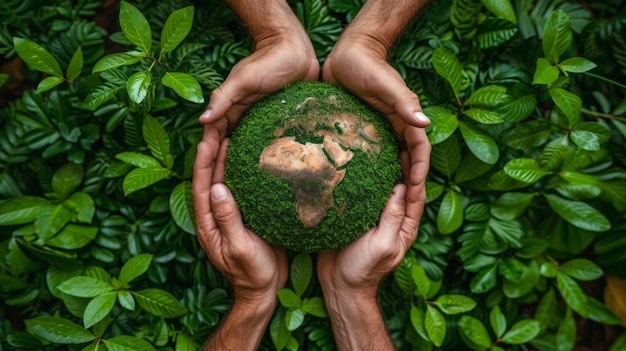
Impact of Fashion on Human Life

The Dark Side of Fashion: Unveiling the Hidden Consequences on Human Health
The fashion industry is a behemoth, with a global market value projected to exceed $3 trillion by 2025. However, beneath the glamour and glitz of the fashion world lies a dark reality. The industry's relentless pursuit of speed, low costs, and trendy designs has severe consequences on human health, from the production of raw materials to the disposal of clothing at the end of its life cycle.
The Human Cost of Fast Fashion
The fashion industry's business model is built on the backs of garment workers, who toil in factories and mills around the world to produce the clothing we wear. However, many garment workers are exploited, working long hours for minimal wages in hazardous conditions.- Exploitation of Garment Workers: Long hours, minimal wages, and hazardous working conditions.
- Lack of Basic Rights: Denied fair wages, safe working conditions, and social protections.
- Physical and Mental Health Problems: Musculoskeletal disorders, respiratory problems, anxiety, and depression.


Toxic Clothing: The Hidden Dangers of Synthetic Fabrics
Synthetic fabrics, such as polyester and nylon, are commonly used in fast fashion clothing. However, these fabrics release toxic chemicals, including microplastics, formaldehyde, and carcinogenic chemicals, which can harm human health.- Microplastics: Released during washing, entering the food chain and causing physical harm
- Formaldehyde: A known carcinogen causing respiratory problems, skin irritation, and other health problems
- Carcinogenic Chemicals: Released from synthetic fabrics, linked to cancer and other health problems
The Environmental Impact of Fashion
The fashion industry is a significant contributor to pollution, from the production of raw materials to the disposal of clothing at the end of its life cycle. Garment factories, for example, release toxic chemicals into the air and water, contributing to air and water pollution.- Air and Water Pollution: Garment factories release toxic chemicals, contributing to pollution
- Waste Generation: Massive waste generation, with the majority ending up in landfills
- Environmental Degradation: Contributes to climate change, soil degradation, and loss of biodiversity


Overconsumption and Waste
Fast fashion encourages a "take, make, dispose" approach to clothing, resulting in massive waste generation and impulse buying. The average American, for example, generates 82 pounds of textile waste per year, with the majority of this waste ending up in landfills.- Impulse Buying: Encouraged by fast fashion, resulting in unnecessary purchases
- Waste Generation: Massive waste generation, with the majority ending up in landfills
- Environmental Impact: Contributes to pollution, climate change, and environmental degradation
- Choose Sustainable Fashion: Prioritize fair labor practices and eco-friendly materials
- Buy Second-Hand: Reduce waste and support sustainable fashion
- Avoid Synthetic Fabrics: Choose natural fibers instead
- Support Garment Workers: Advocate for fair labor practices and safe working conditions
As a mission led social enterprise World of Ikat is committed to creating a more sustainable fashion industry that prioritizes human health and well being




